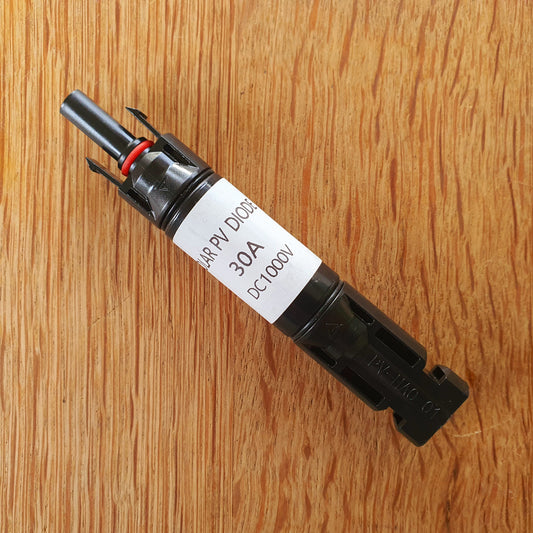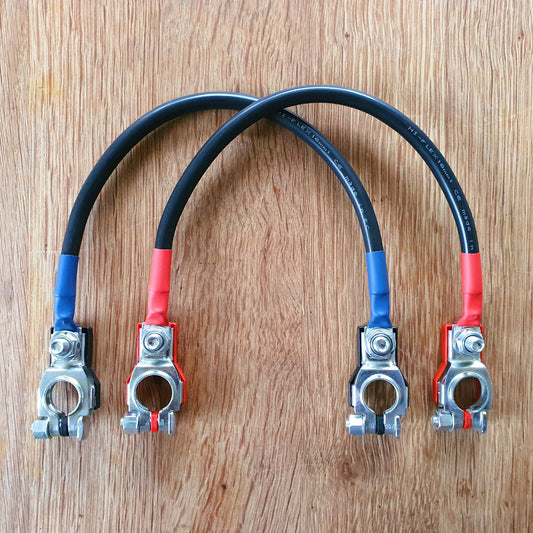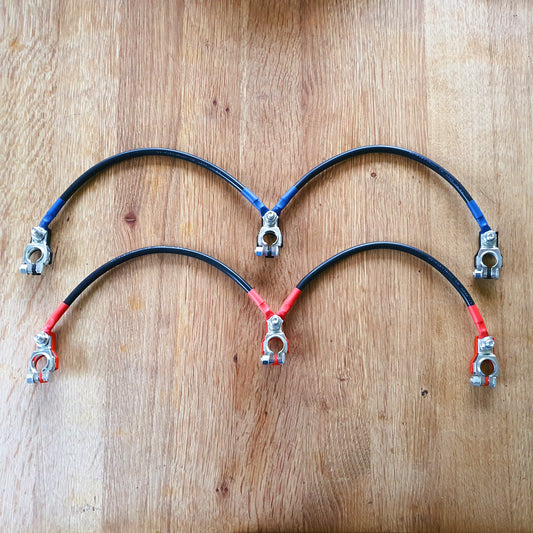
Understanding Fuses And Fuse Holders
Share
Fuses are one of the simplest yet reliable ways of protecting any DC electrical system, and are invaluable in any off-grid setup. They are often inexpensive, easy to monitor and highly replaceable, making them a versatile and accessible choice in many applications. Fuses are, by design, the first point of failure in an electrical system, that protects other components from damage if the electrical current in the system rises too high and becomes unsafe. If this does happen then the fuse will blow and stop anymore electrical current from flowing until it is replaced. Off-grid systems use fuses to protect any DC equipment, components and cables from faults, so I thought I would share tips on how best to do this.
Types of Faults
There are generally two categories of faults to consider when implementing fuses in any off-grid system. The first is a surge, where the electrical current in a circuit rises higher than the expected maximum, this can be more of a subtle fault, so a fuse is necessary to protect devices and cables that are not rated for higher currents, especially over longer period of time. The second type of fault is a short, and is likely the more dramatic of the two types, where the electrical circuit is completed in an unintentional way either through exposed conductors or accidental contact, resulting in a spike of current, heat and sometimes sparks than will present a fire risk without protection.
Fuse Applications
Safety is always the biggest consideration when putting any electrical system together, and fuses help to make the safety process a lot easier. When implemented correctly, fuses can protect the different components of your system as electrical current moves through it, and from my own experience they are far more versatile than just protecting connected end devices like pumps and lights, they can also protect power cables from overheating, and extend the life of batteries by setting a current limit.
Fuse Holders
Implementing electrical safety in your off-grid energy system can be easily achieved through the addition of fuse holders. The most common type of fuse used in automotive applications and beyond is the blade fuse, they are vibration resistant and come in many different current ratings and colours so are well suited for off-grid applications.
Blade fuses can be used in combination with blade fuse holders that serve as an interface between the fuse and the rest of the circuit. Fuse holders can come in a number of configurations, the most basic of which is the inline fuse holder that can be dropped in between two conductors and easily monitored visually, examples of which can be found below, all of which are very popular.
- Two-way inline blade fuse holder
- Four-way inline blade fuse holder
- Six-way inline blade fuse holder
The other type of blade fuse holder is used in a parallel configuration and features a larger common connection point that splits off into different sub circuits which are all fused respectively. These are very useful when used in close proximity to the leisure battery and where you need to connect an array of lower powered devices that are distributed in different places. I have used one of these fuse holders in my own build to protect my fridge, water pump, heater and lights, all of which have their own fuse rating. See below.
- Two-way common blade fuse holder
- Four-way common blade fuse holder
Kickstart Kamper also has a selection of blade fuse packs for use with these fuse holders including.
- Large 55-piece fuse box
- Small 10-piece fuse pack
Obviously if you are unsure about what fuse to use in your particular setup, please do ask a qualified electrician.



